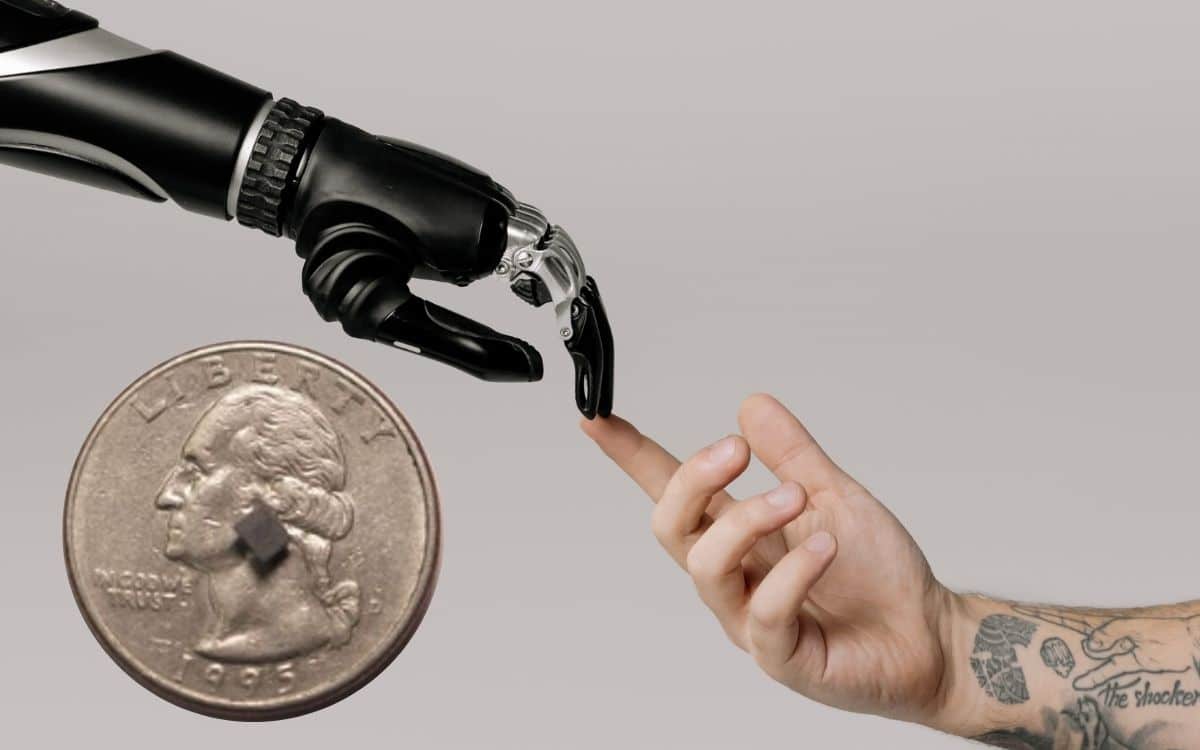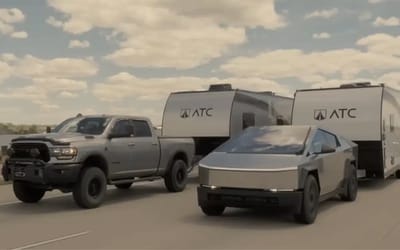Researchers build an AI robot that can replicate and alter itself
- Scientists say an AI robot can now replicate without humans
- The research was revealed on Friday, 15 December
- The findings mean any machine could become intelligent: from coffee machines to TVs
Published on Dec 18, 2023 at 4:38 PM (UTC+4)
by Amelia Jean Hershman-Jones
Last updated on Dec 20, 2023 at 3:46 PM (UTC+4)
Edited by
Alessandro Renesis
It’s official: scientists say an AI robot can now replicate without humans.
As terrifying science fiction becomes science fact – what does this tech discovery actually mean?
Artificial intelligence models – or AI robots – can now create smaller AI systems without the help of a human.
This is according to research published Friday (15 December).
READ MORE! Audi’s LED technology allows you to immerse yourself in the roads like never before
The findings are the fruit of a collaboration between Aizip Inc, scientists at the Massachusetts Institute of Technology and several campuses at the University of California.
The scientists behind the unprecedented AI robot means that larger AI models – like those powering ChatGPT — can create smaller scale AI applications with zoomed in and specific capabilities.
Check out ChatGPT’s founder, Sam Altman, letting the public check out his supercar in California recently.
So what will these smaller and more specialized models do?
AI tech is already being used in cars, eyewear and even in CEO roles.
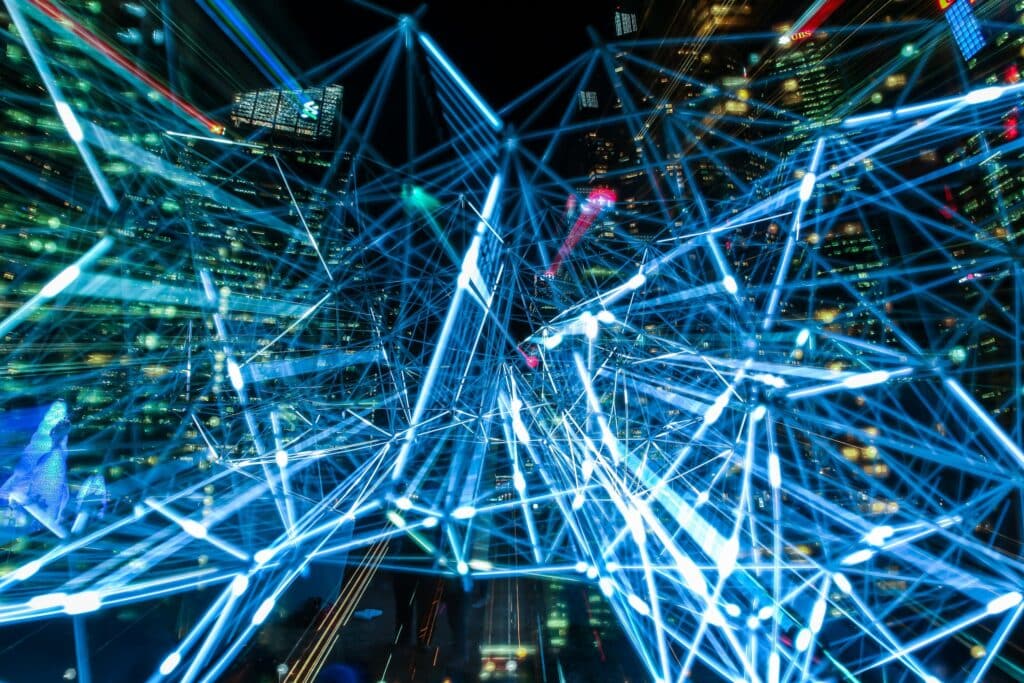
They could be used to improve hearing aids by identifying human voices among ambient noise.
Or to monitor oil pipeline data to prevent issues.
They could even analyze satellite and ground-based sensor data to track endangered animals.
Yan Sun, CEO of the AI tech company, Aizip, spoke to Fox News.
“Right now, we’re using bigger models to build the smaller models, like a bigger brother helping [its smaller] brother to improve,” he said.
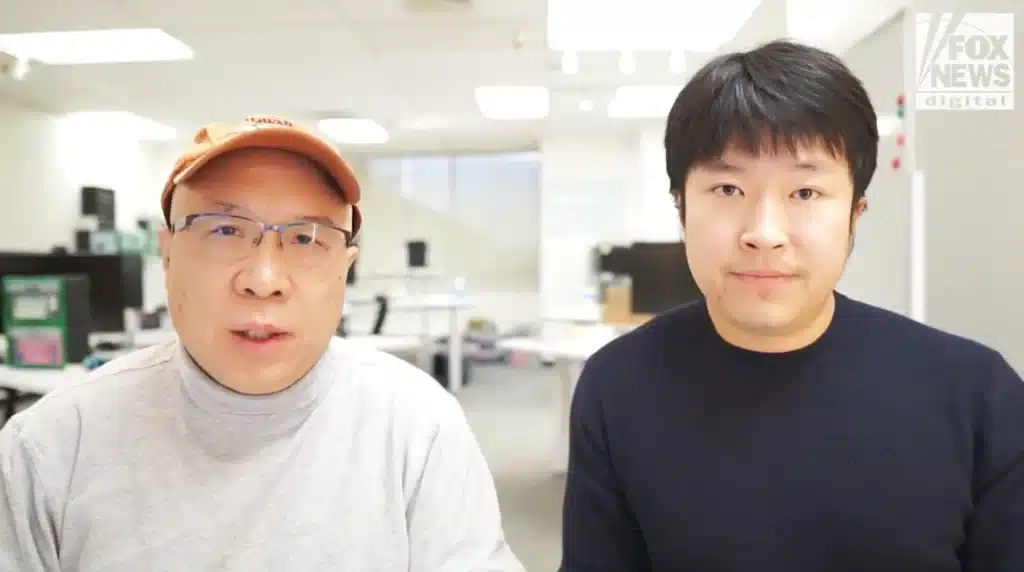
“That’s the first step towards a bigger job of self-evolving AI.
“This is the first step in the path to show that AI models can build AI models.”
U.C. Davis professor, researcher and Aizip co-founder, Yubei Chen, echoed his colleague when he spoke to the news agency.
“The surprising thing we find is that, essentially, you can use the largest model to help you automatically design the smaller ones.
“So in the future, we believe that these, the large and the small, they will collaborate together and then build a complete intelligence ecosystem.
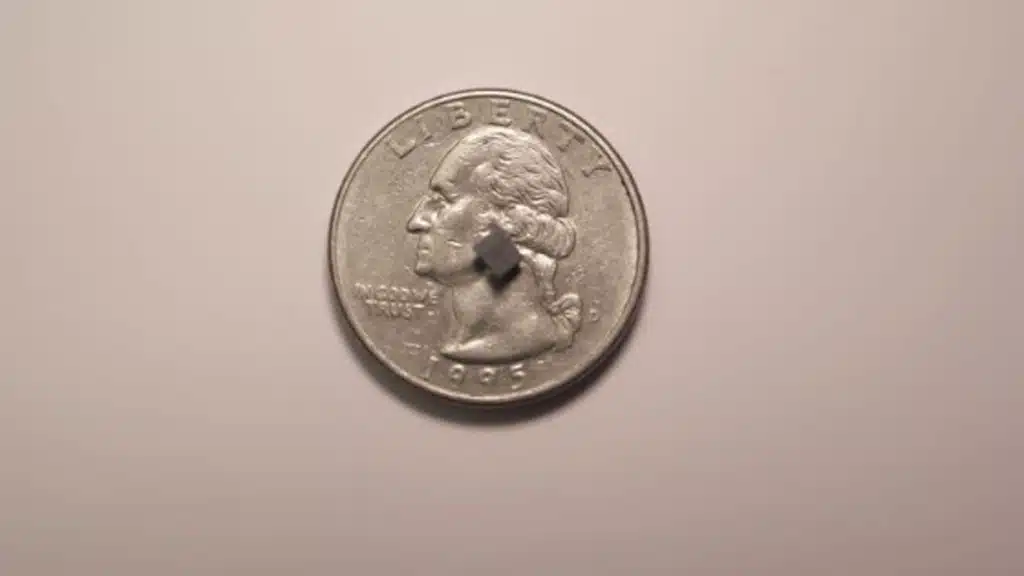
“This month, we just demonstrated the first proof of concept such that one type of model can be automatically designed all the way from data generation to the model deployment and testing without human intervention.”
And not only are these AI replica’s functionalities scaled down – so too is their size.
One device demonstrated by Sun and Chen is a human activity tracker that uses AI to gather and analyze motion data.
The larger AI models, like ChatGPT reside in the cloud – but smaller models can reside inside things.
With practicality in mind, they’re encased within a chip that’s smaller than a dime.
That means these AI systems designed for everyday practicalities can be housed in compact devices – like a hearing aid or smartwatch.
The scientists enthuse this also means any machine could become intelligent: from coffee machines to TVs.
DISCOVER SBX CARS: The global premium car auction platform powered by Supercar Blondie

London-based Amelia cut her journalistic teeth covering all things lifestyle, wellness and luxury in the UK capital. Fast-forward a decade and the experienced content creator and editor has put pen to paper for glossy magazines, busy newsrooms and coveted brands. When her OOO is on you can find her spending quality time with her young family, in the gym or exploring the city she loves.
